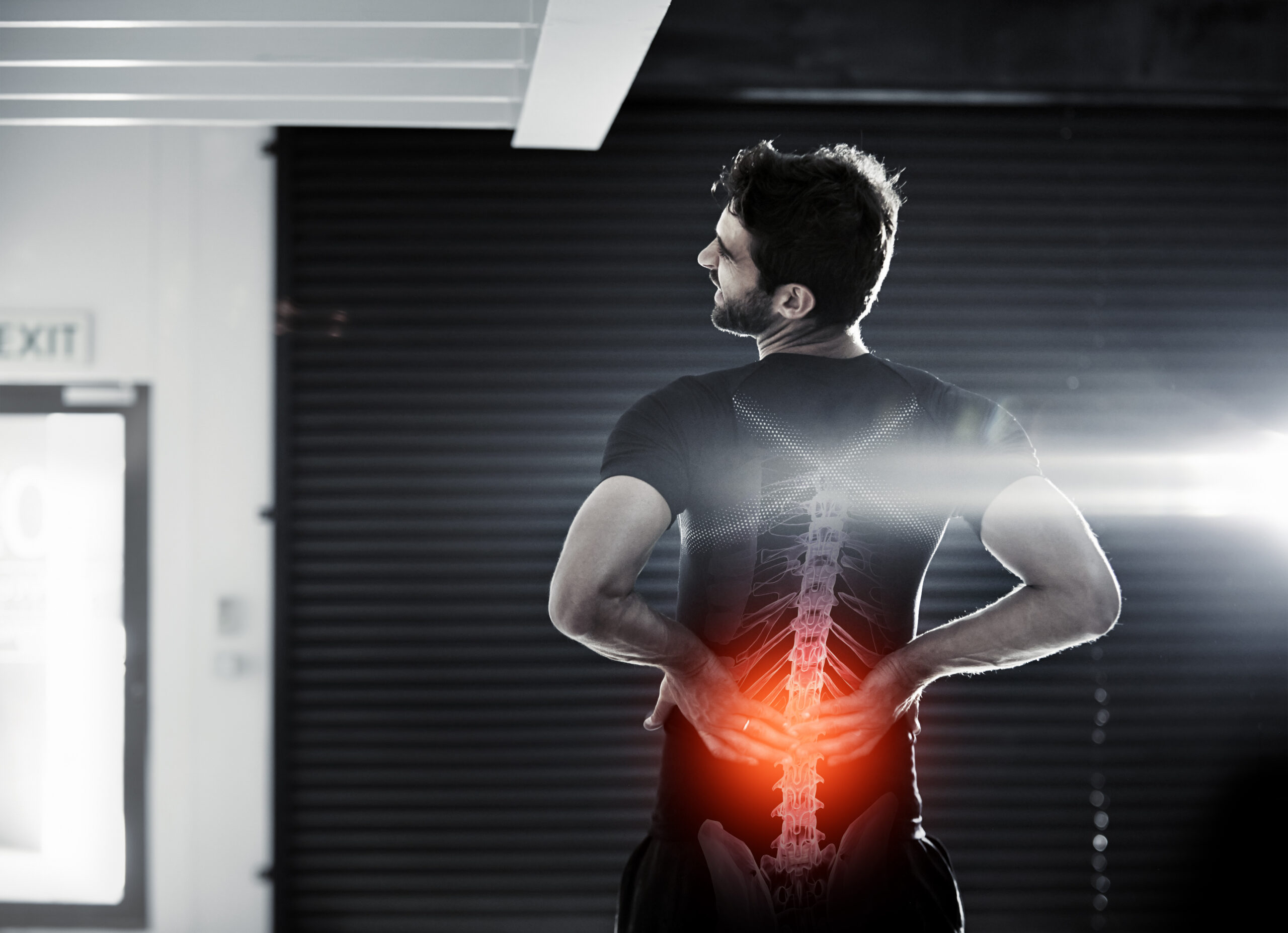Commonly referred to as a pinched nerve, radiculopathy is an injury or damage to nerve roots where they leave the spine. This condition can affect anyone and can result from disc degeneration, disc herniation or other trauma 1. Spinal cord burst stimulation has been found to be a promising treatment option for radiculopathy, though it carries some drawbacks compared to other methods.
ICervical radiculopathy has an overall occurrence of 83 cases per 100,000 population in the US 2. Lumbar radiculopathy is more common and also causes a significant portion of low back pain cases. – Out of a nearly 13% incidence of low back complaints within the working population, a total of 11% is due to lumbar radiculopathy 3.
In many cases, treatment is necessary. The use of spinal cord stimulation for chronic pain following lumbar spine surgery in particular is increasingly prevalent. Burst spinal cord stimulation, an alternative mode of stimulation, is especially effective at reducing neuropathic pain, such as in radiculopathy, without paresthesia.
Introduced in 2010 4, burst spinal cord stimulation involves the placement of an implantable pulse generator connected to electrodes with leads that travel into the spine (specifically, the epidural space posterior to the spinal cord dorsal columns). Stimulus bursts are delivered, consisting of five 1-ms electric pulses delivered at a 40-Hz frequency. The technology uses a passive recharging paradigm in order to maintain charge balance across electrical contacts 5.
A recent clinical review assessing multiple blinded, sham-controlled, randomized trials has revealed that burst spinal cord stimulation resulted in more effective pain relief than tonic stimulation, which provides electric stimulus at longer intervals. Additionally, burst stimulation impacts multiple dimensions of pain, including somatic pain in addition to emotional and psychological challenges. Patients tend to prefer burst over tonic spinal cord stimulation thanks to its increased pain relief and lack of paresthesias, among other benefits 6.
Burst spinal cord stimulation appears thus to outperform tonic stimulation both statistically and clinically, likely yielding health benefits through a number of different mechanisms of action. However, rigorous evidence of its efficacy for radiculopathy is ongoing and results are conflicting. A recent placebo-controlled, crossover, randomized clinical trial sought to investigate the efficacy of spinal cord burst stimulation in patients with chronic radiculopathy after surgery for degenerative lumbar spine disorders. Overall, they found that among patients with chronic radicular pain after lumbar spine surgery, spinal cord burst stimulation following placement of a spinal cord stimulator, as compared to a placebo stimulation, did not result in any significant difference in change from baseline in self-reported back pain-related disability 7. Furthermore, nine patients (18%) experienced adverse events, including 4 (8%) who required surgical revision of the implanted system.
Despite its attenuation of spinal hyperexcitability and allodynia similar to that of tonic spinal cord stimulation, various studies seem to suggest that burst spinal cord stimulation does not act via spinal GABAergic mechanisms 8, and its precise mechanisms of action remain under investigation. Further high-quality controlled studies are needed to understand the basic mechanisms of burst spinal cord stimulation, with the potential of harnessing other spinal inhibitory mechanisms 8. In addition, in-depth research is needed to shed light on the right clinical context for the use of spinal cord burst stimulation for radiculopathy. This will include addressing how this unique stimulation pattern may better address the many different affective dimensions of pain in patient populations.
References
1. Radiculopathy – Treatments, Types & Symptoms. Available at: https://www.pennmedicine.org/for-patients-and-visitors/patient-information/conditions-treated-a-to-z/radiculopathy. (Accessed: 3rd February 2023)
2. Radiculopathy – Physiopedia. Available at: https://www.physio-pedia.com/Radiculopathy. (Accessed: 3rd February 2023)
3. Lumbar Radiculopathy – Physiopedia. Available at: https://www.physio-pedia.com/Lumbar_Radiculopathy. (Accessed: 3rd February 2023)
4. De Ridder, D., Vanneste, S., Plazier, M., Van Der Loo, E. & Menovsky, T. Burst spinal cord stimulation: Toward paresthesia-free pain suppression. Neurosurgery (2010). doi:10.1227/01.NEU.0000368153.44883.B3
5. Chakravarthy, K., Kent, A. R., Raza, A., Xing, F. & Kinfe, T. M. Burst Spinal Cord Stimulation: Review of Preclinical Studies and Comments on Clinical Outcomes. Neuromodulation (2018). doi:10.1111/ner.12756
6. Kirketeig, T., Schultheis, C., Zuidema, X., Hunter, C. W. & Deer, T. Burst Spinal Cord Stimulation: A Clinical Review. Pain Med. (United States) (2019). doi:10.1093/pm/pnz003
7. Hara, S. et al. Effect of Spinal Cord Burst Stimulation vs Placebo Stimulation on Disability in Patients With Chronic Radicular Pain After Lumbar Spine Surgery: A Randomized Clinical Trial. JAMA 328, 1506–1514 (2022). doi:10.1001/jama.2022.18231
8. Crosby, N. D. et al. Burst and tonic spinal cord stimulation differentially activate gabaergic mechanisms to attenuate pain in a rat model of cervical radiculopathy. IEEE Trans. Biomed. Eng. (2015). doi:10.1109/TBME.2015.2399374
